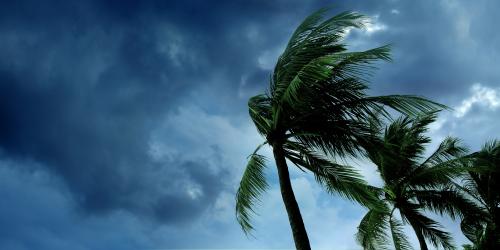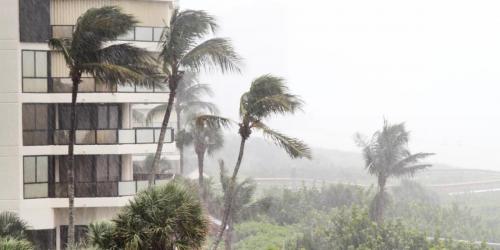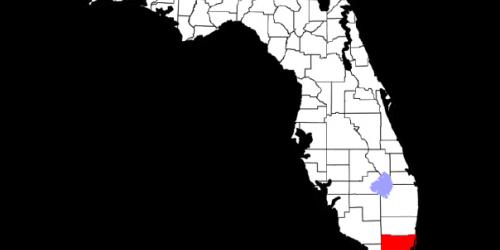Have the requirements for products and the performance criteria for Hurricane applications stabilized?
Products have been well established and have demonstrated good fitness for use during actual severe windstorms with windborne debris from a glass perspective. There is a trend and migration towards simpler glass with more robust and efficiently engineered frames which allows the window or door system the right amount of flex to weather the storm and test, but also delivers the appropriate frame strength. The move toward energy conservation has reached the warm climate states with the building codes driving the use of laminated insulating glass units (LIGU) in those states. The realization that this allows two glass layers in the system design, instead of one, has provided some creative design in the impact capability area. When LIGU are used, one lite is monolithic, and there is the need to make a decision on whether the monolithic glass is to be oriented inboard vs. outboard. This decision is typically driven by the window design and the location of the immovable glazing leg, however occupant versus external safety also needs to be considered. When the monolithic lite is toward the outboard, the occupant tends to reap the protection of glass shard containment, whereas when the monolithic lite is inboard, the chances of glass flying into the occupant area are greater should impact occur. This has moved some system designers to consider the use of double laminated insulating glass units (DLIGU).
A DLIGU allows for inboard and outboard protection from flying and falling debris while providing flexibility in glazing design
If a 2.29 mm (0.090 inch) interlayer was needed for large missile in a single unit laminated system, for a DLIGU, a split system of 0.76 mm (0.030 inch) outboard, 1.52 mm (0.060 inch) inboard may also work and offer the needed impact resistance along with a level of protection inboard and outboard. The DLIGU can offer this impact resistance and glass shard retention, while delivering other multi-functional benefits such as sound control, UV filtering, security and solar performance as well.
The same concept of DLIGU is also true for seismic glazing applications
The two applications, hurricane and seismic, have broken glass, flying and falling glass particles and significant glazing movement in common. The glass fragments may be created from different means – one a flying 2 x 4 timber, and the other a rocking and rolling motion of the frame and building, but the protection measures are the same: To keep the glass contained in the building and not falling or flying on or towards occupants and pedestrians. These systems also must function as much as possible as a part of the building envelope after the storm or seismic event. When such events occur, replacement of broken glazing systems cannot normally happen immediately. For that reason, the ability of the laminated glass to contain glass shards, while experiencing the natural weather (rain and wind), is also crucial. There are many stories and news reports of roadways being shut down due to falling glass long after the storm has passed (i.e. Brickel Ave, Miami Florida). This wreaks havoc on the recovery of an area from both a psychological and economic standpoint as passages and roadways may need to be closed.
The products and requirements may not be fast evolving at the present time, but the use of different configurations for hurricane and seismic protection is constantly being reviewed and glazing system designs modified to get the best combination of multi-functional performance possible.
The key for both of these events is protection and prevention of falling and flying glass, which laminated glass products with Saflex and Vanceva PVB interlayers provides so consistently.











